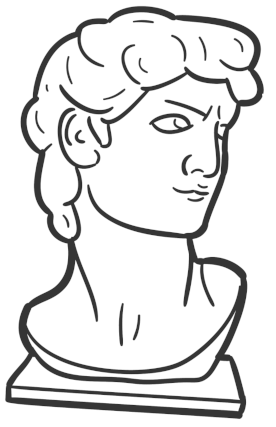Tram seat

What is it?
This seat was originally on the top deck of an open top tram. Horse drawn trams became common in the 1880s and Oxford’s system started in 1881. At first the trams had only a single deck but as passenger numbers increased double-decker trams were introduced in the 1890s. Like trains today, trams ran on rails, which were set in the roads. At the end of the route the horse would be detached from the tram and taken to the other end of the tram so that the horse could take the tram back again. Passengers did not like travelling backwards, so the backs of the seats could be moved so the passenger sat the other way round still facing forward. Passengers also did not like sitting on wet open outside seats when it rained. Thus the seats were designed so that the seat could be turned over and the passenger sat on the dry side that had been underneath. When the passenger got up, a spring made the seat flip back so that the wet side was again on top and got wet if it rained, whilst the dry side remained dry. Why did the double-decker trams not have roofs? In those days trams were made of wood. The sides of the tram were not strong enough to support the weight of a roof.




Where is it?

You can find it at Oxford Bus Museum
Just inside the Bus Museum opposite our 1920s unrestored country bus.
When can I see it?
You can see this item up until 31/12/2025
Can I collect it?
Yes! You can collect this item until 30/08/2025
Local History Industrial Heritage Transport
Collect this Item to help you unlock these Badges









